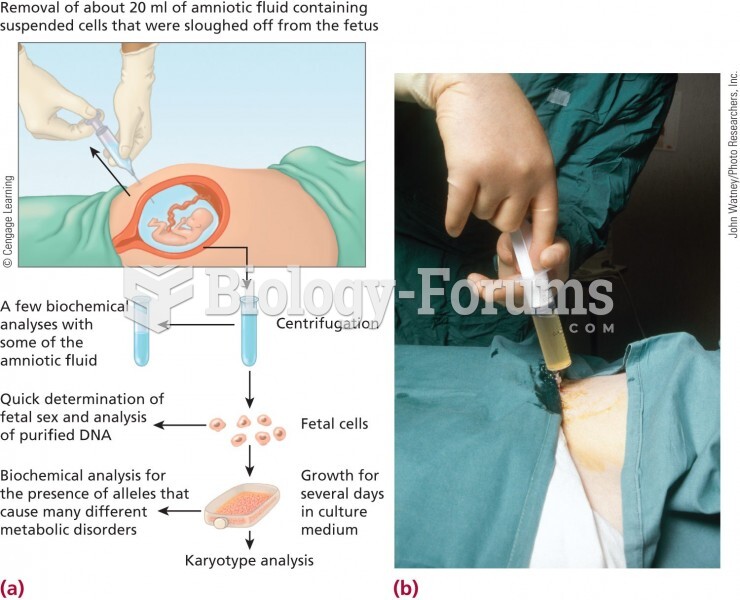|
|
|
There are over 65,000 known species of protozoa. About 10,000 species are parasitic.
Adults are resistant to the bacterium that causes Botulism. These bacteria thrive in honey – therefore, honey should never be given to infants since their immune systems are not yet resistant.
The liver is the only organ that has the ability to regenerate itself after certain types of damage. As much as 25% of the liver can be removed, and it will still regenerate back to its original shape and size. However, the liver cannot regenerate after severe damage caused by alcohol.
Approximately 500,000 babies are born each year in the United States to teenage mothers.
Human stomach acid is strong enough to dissolve small pieces of metal such as razor blades or staples.







